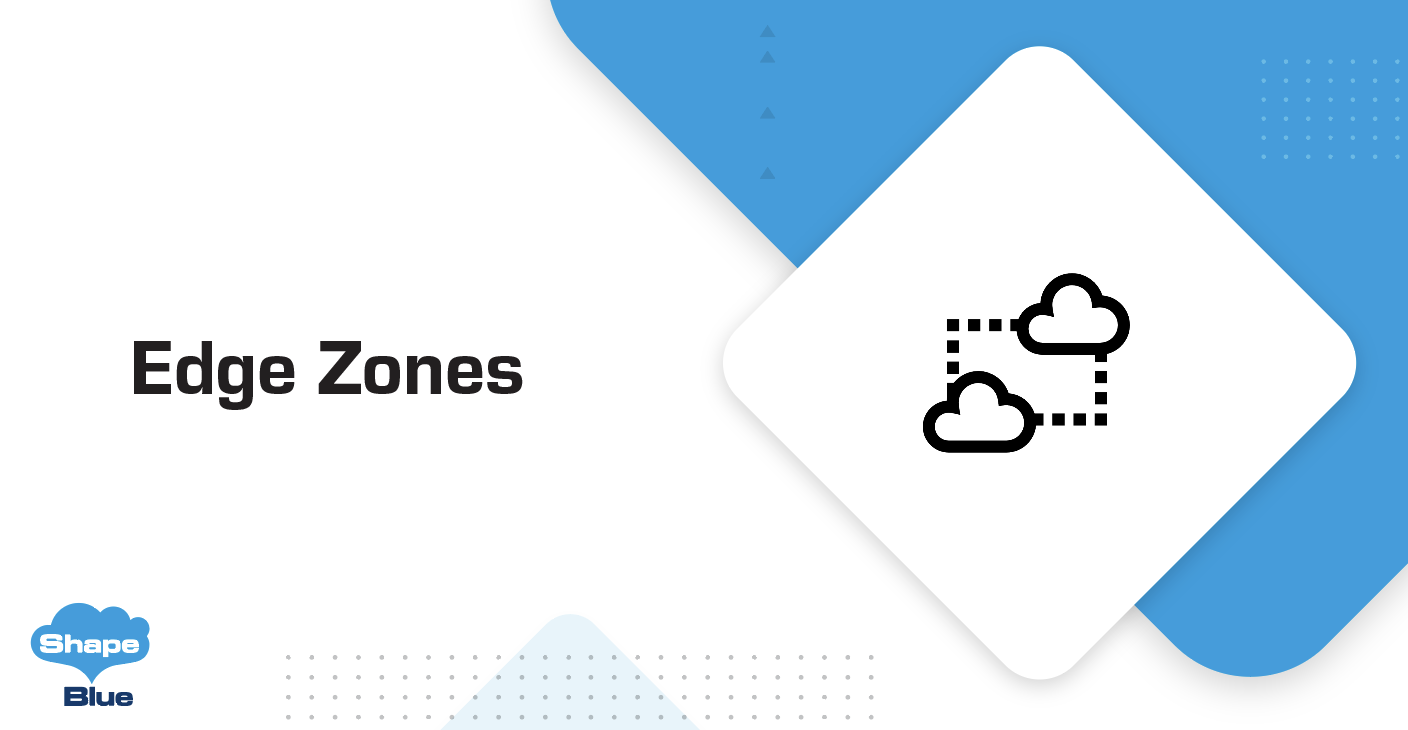Edge computing is the talk of the town these days. With the impetus on lowering infrastructure costs, concerns about data protection policies and efforts to provide lower latency and better services to the end-users, edge computing have been gaining traction with cloud providers. With the release of version 4.18, CloudStack is also taking a step in this direction by facilitating edge computing with the introduction of CloudStack Edge Zones with the KVM hypervisor.
Edge Zones are lightweight, low-cost zones designed for edge sites. Typically, such zones contain a single hypervisor host located closer to both the data source and the end-user and incorporate concepts of edge computing such as decentralized and low-latency computing, surmounting resource limitations of front-end devices and sustainable energy consumption.
Watch more about Edge Zones in the demo:
Edge Zone in Apache CloudStack
With this new feature, changes have been made in CloudStack’s terminology by bringing in the concept of Core and Edge zones. Core zones are intended for datacenter based deployments and allow for the full range of networking and other functionality in Apache CloudStack. Core zones have many prerequisites and rely on shared storage and helper System VMs. Edge zones on the other hand are limited in functionality but have far fewer prerequisites or restrictions than core zones.
To facilitate the introduction of this new zone construct, changes have been made to CloudStack’s server and database. A new parameter – “isedge” has been added to the createZone API call. Changes have also been made in the UI to allow the operator to choose the type of zone they want to deploy.
 Edge zones have a simplified UI form, require less input from the operator and do not rely on shared storage. Instead, they utilize local storage for user Instances and Volumes. When it comes to physical networking, Edge Zones eliminate the need for setting up Public, Management, and Storage networks, and PoD and cluster details are automatically generated. As Edge Zones do not rely on shared storage, they leverage direct-download functionality to register Templates.
Edge zones have a simplified UI form, require less input from the operator and do not rely on shared storage. Instead, they utilize local storage for user Instances and Volumes. When it comes to physical networking, Edge Zones eliminate the need for setting up Public, Management, and Storage networks, and PoD and cluster details are automatically generated. As Edge Zones do not rely on shared storage, they leverage direct-download functionality to register Templates.

Here is a summary comparison between a Core Zone and an Edge Zone:
| Core | Edge | |
| Primary use | Datacenter | Remote sites |
| Hypervisor support | VMware, KVM, XCP-ng / Xenserver / Citrix Hypervisor | KVM |
| Shared storage | Yes | No |
| Local storage | Yes | Yes |
| Network support | VPC, Isolated, Shared, L2 | Shared, L2 |
| Templates support | Regular, direct-download | Direct-download |
| ISOs support | Yes | No |
| Instance console access | Yes | No |
When deploying an Edge Zone, a few things must be considered:
• The Compute Offering must support local storage
• The Templates must be registered with direct download
• When using a Shared Network, it is necessary to include the appropriate System VM Template for the environment as a direct-download template. This can be done either for all Zones or for a specific Edge Zone.
Conclusion
Starting with CloudStack 4.18.2.0, significant enhancements have been introduced to the Edge Zones functionality. These include support for direct-download ISOs, enabling instance deployment with ISOs in Edge Zones. Additionally, direct-download ISOs have been extended to Kubernetes versions, facilitating Kubernetes cluster deployment within Edge Zones using shared networks. These improvements make Edge Zones more versatile and practical than ever before.
Abhishek Kumar is a software engineer by profession. His personal interests and hobbies are technology, politics and sports. Abhishek is experienced in development and management of a variety of desktop and mobile applications. He has a particular interest in mobile application development, designing and developing highly interactive and intuitive mobile, desktop applications GUI.
Abhishek became part of ShapeBlue in 2019 and is currently an active Apache CloudStack Committer.
You can learn more about Abhishek and his background by reading his Meet The Team blog.






